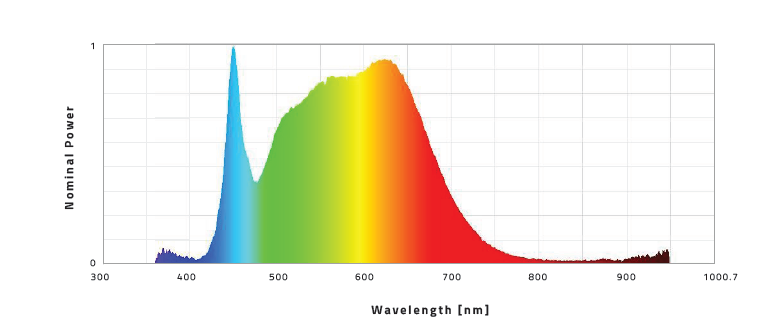URSA LED
Vendor
URSA - designed and built in the USA
**UPDATE 05/01/2017**
Thank you everyone for the tremendous response to our 4/20 sale! We just found out that our [email protected] account was having some troubles so if you sent an inquiry to that email, please resend the inquiry and someone will get back to you ASAP! We will be honoring the sale pricing for all people who have sent a request to [email protected]! Apologies for the confusion and delay in response!
**UPDATE 04/18/2017**
Hey there ICMag!
As 4/20 approaches, we want to thank everyone here for your support of our new URSA Optilux launch! We have gotten amazing feedback and a positive reception from all you guys here on the forums. We’d like to extend a special thanks to those of you who have ventured out to our Fremont office and toured our facility. Always happy to meet you guys face-to-face and talk grow!
Since the launch, we’ve gotten so many requests to bring back our pre-sale pricing, so we’re excited to announce today…
URSA LED’s 4/20 SALE!!
For the next week following 4/20 we will be bringing back our pre-sale pricing of $1,200 for our Optilux fixture as a thank you to everyone who supported us, and for all those who have been waiting to try out the Optilux but could not fit it into their budget!
ADDITIONALLY! We will be selling our Helios 185W and Helios 320W fixtures in our DUET spectrum for only $215 and $370 respectively.
At URSA, we like to keep it simple. Just mention ICMAG in your inquiry and we’ll automatically include the promotional pricing. Please direct any inquiries to [email protected] or PM us!
The next stage of LED lighting. Designed and built in the USA.
We've taken our experience and lessons learnt and took every flaw in the LED industry, and we've created something special. Introducing, the world's most efficient grow light, the Optilux16.
The Optilux16 is a 640 actual wattage draw fixture - that produces a stunning 3.5+ PPF/W (pending lab report). It's incredibly under driven to the point that it's almost reaching the absolute curve. URSA's team contains 4 PHD engineers that specialize in horticulture spectrum control. Our full spectrum is different, because we build our own chips. URSA only uses BLUE LED chips, and converts the blue light via a layer of in-house phosphor, specially formulated to provide CANNABIS its 8-10 photosynthetic peaks that it needs. Additionally, our spectrum contains a small percentage of UV down to 350nm, and far red up to 780nm. It is great for vegging, and flowering.
@KRUNCHBUBBLE has noticed the following while under URSA Spectrum;
1. Reduced Vertical Node Stretching
What this means, is your nodes stack a lot more, which means your production, yield is increased while maintaining the same vertical grow space.
2. Increased Node Strength
3. Increased Leaf-to-Stem Strength (tensile)
4. Increased Vegetation Speed
5. Increased Canopy Penetration (advantage of COB LED)
6. Significantly Increased Sugar Content Production.
7. 1400 BTU Per Fixture
8. 30% ADDITIONAL LIGHT THAN THE 1000W HPS Fixture using only 640 WATTS. (feel free to come down to our office and measure the PPF efficiency yourself).
*edit 12/24: Yes, the bracket can be removed if you use the wires on the sides. And yes, the wires can be removed, so you can use either or, or both.
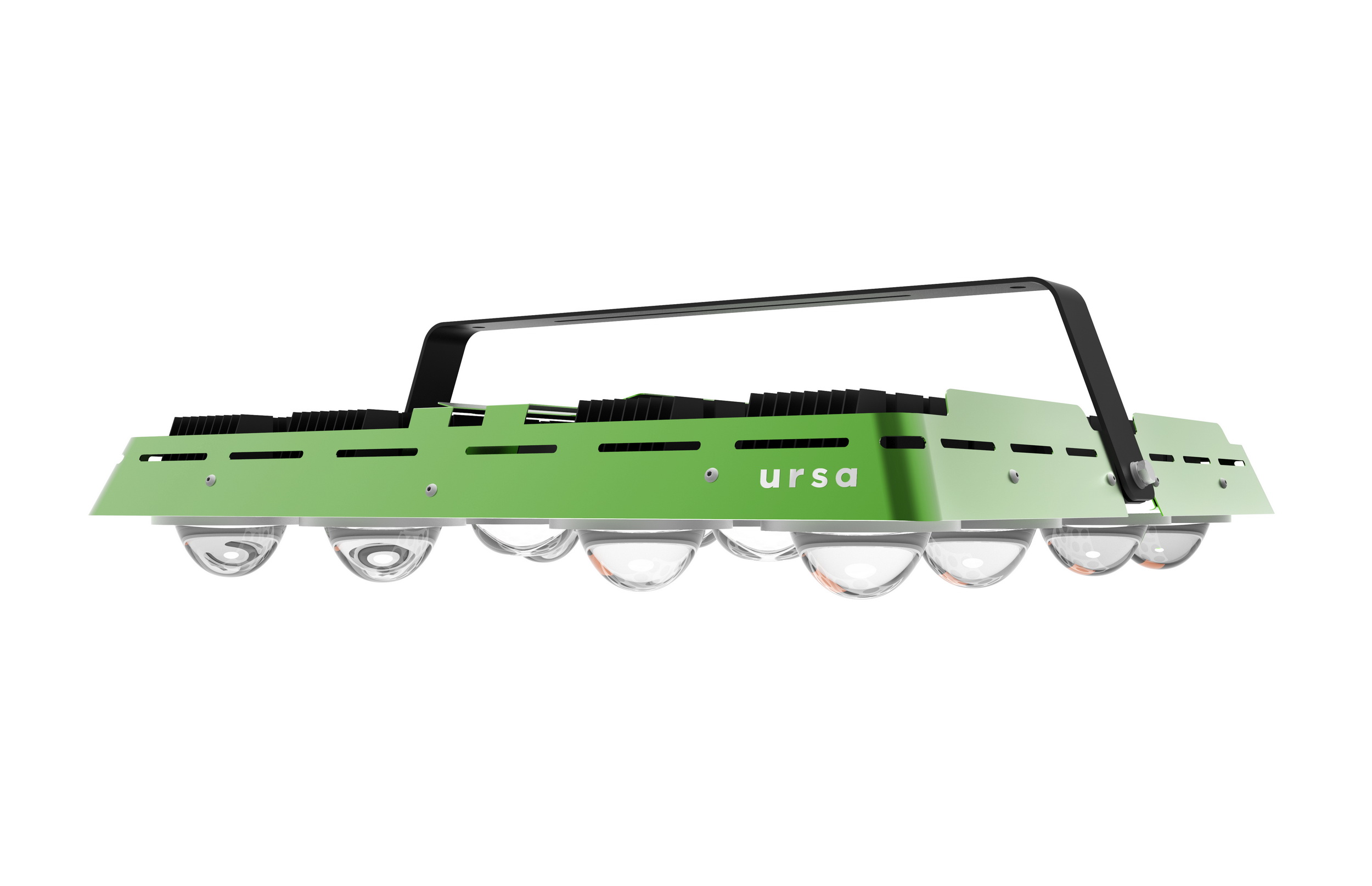
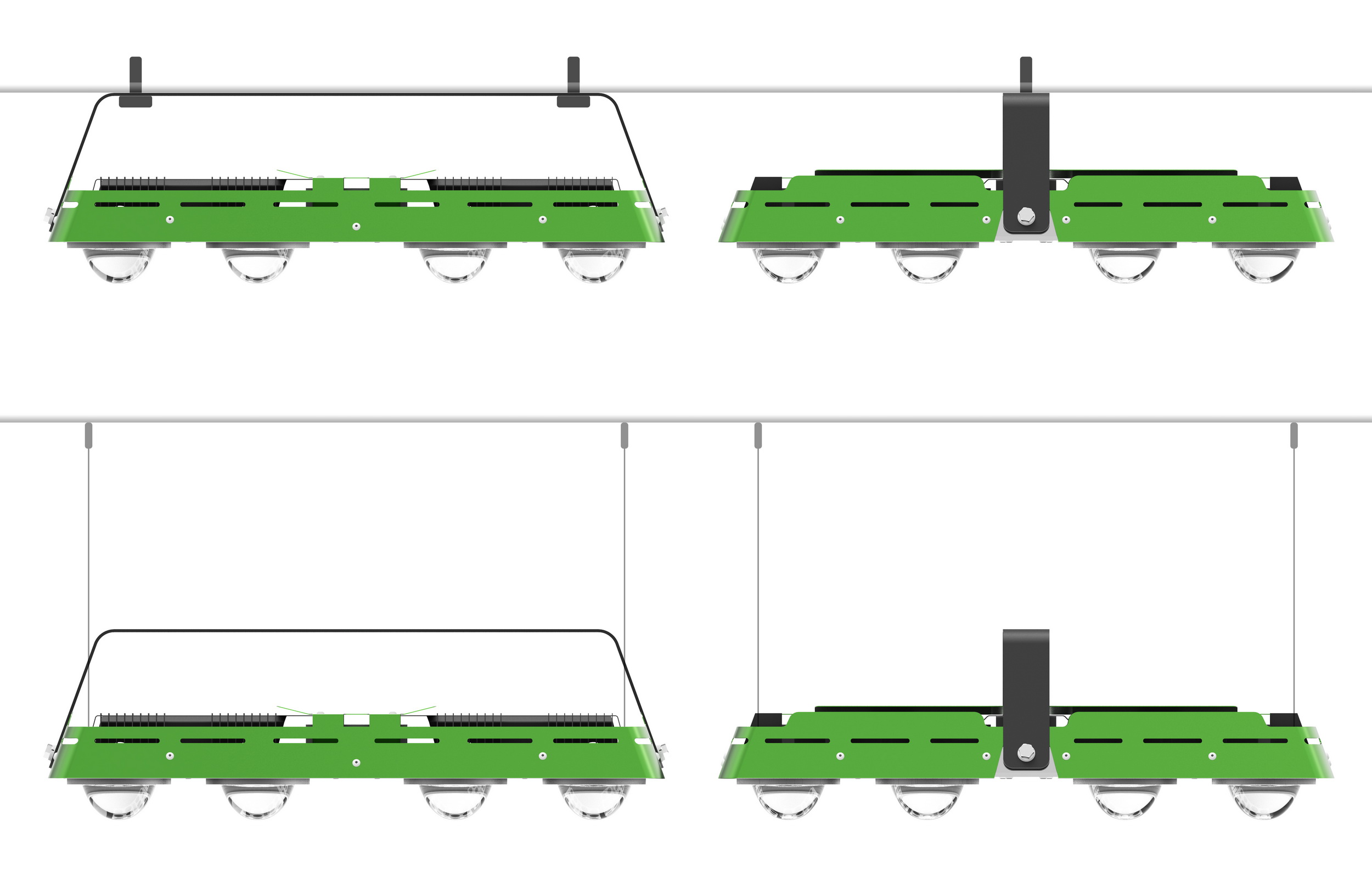
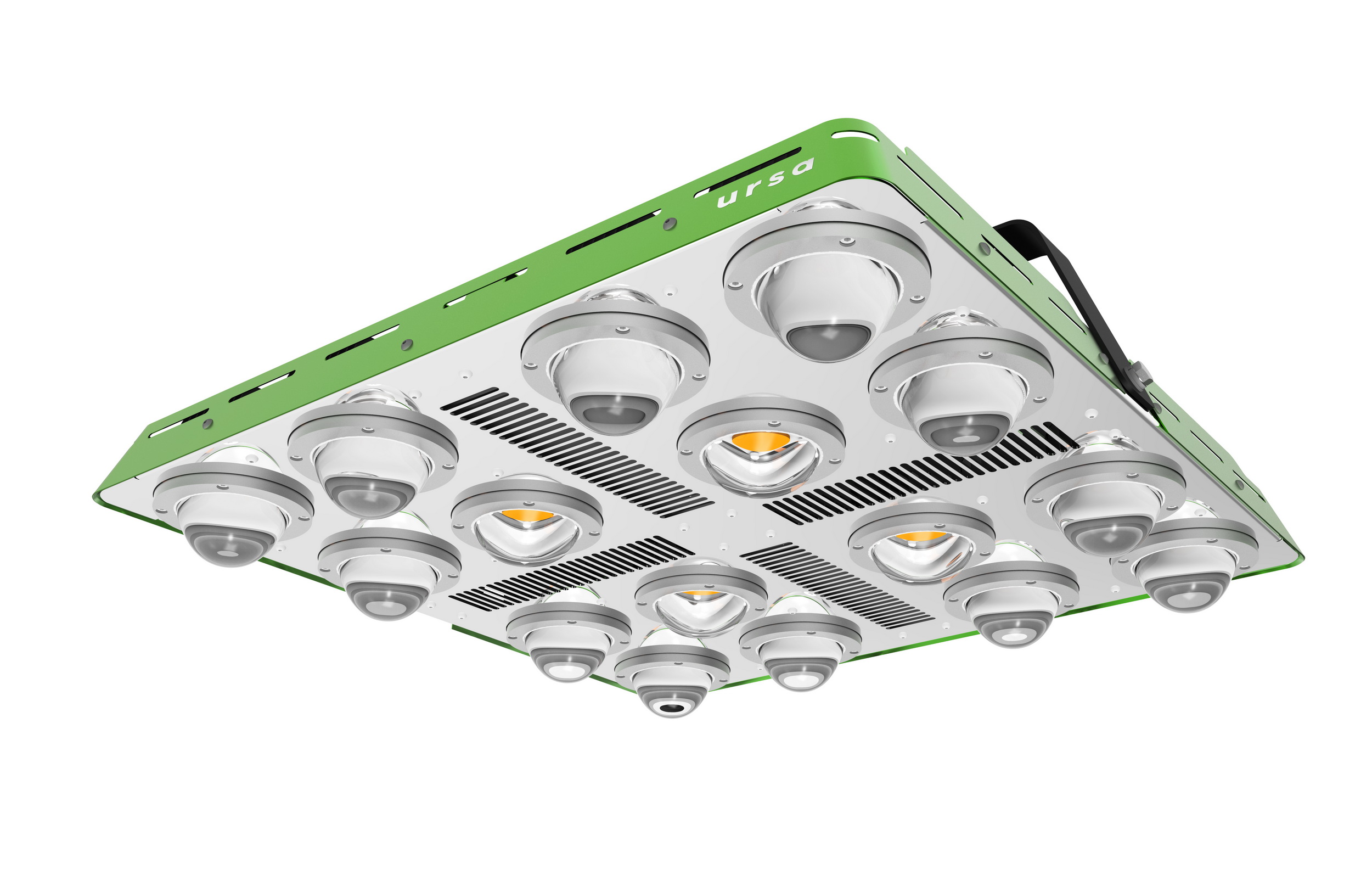
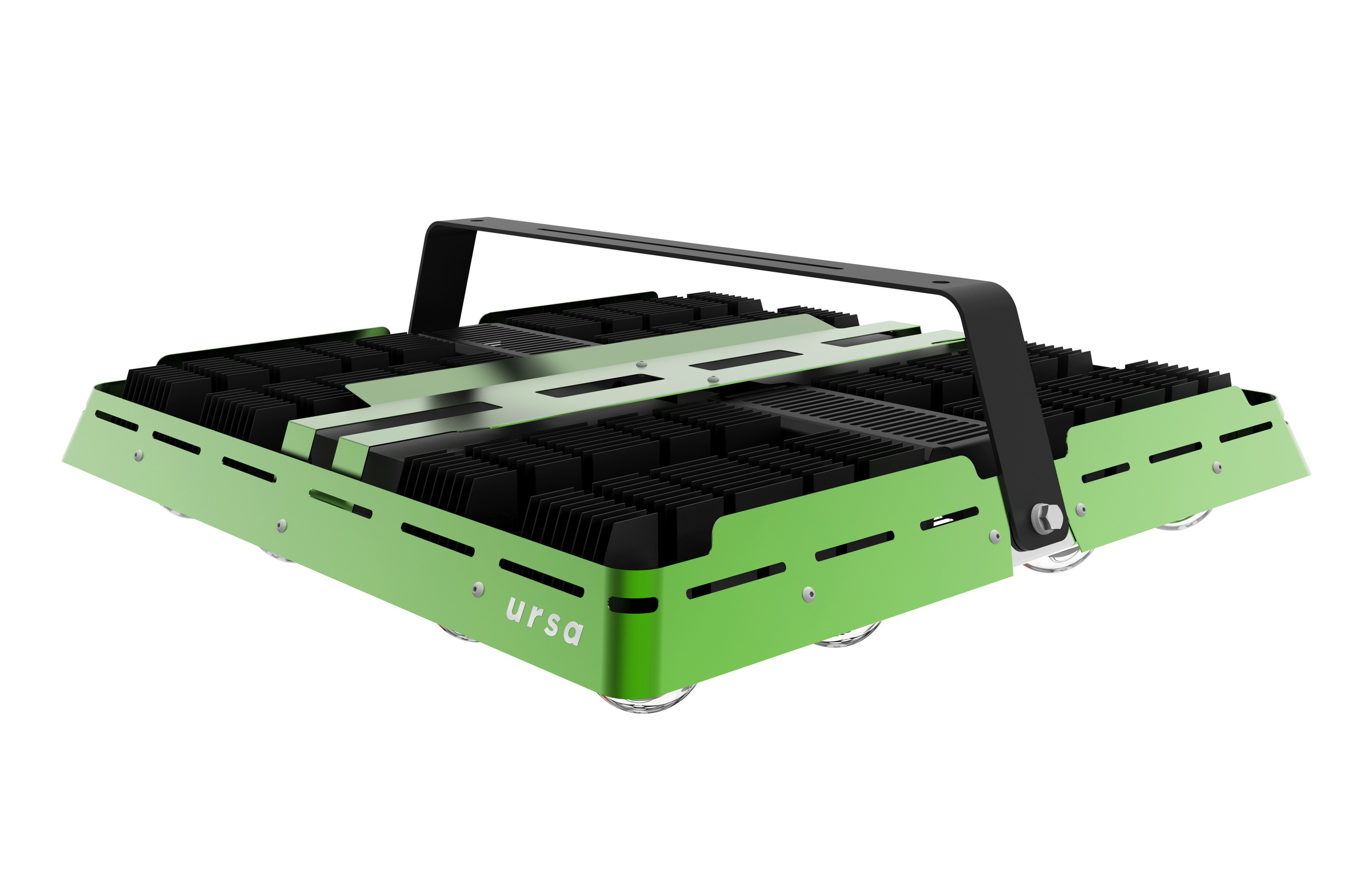
**UPDATE 05/01/2017**
Thank you everyone for the tremendous response to our 4/20 sale! We just found out that our [email protected] account was having some troubles so if you sent an inquiry to that email, please resend the inquiry and someone will get back to you ASAP! We will be honoring the sale pricing for all people who have sent a request to [email protected]! Apologies for the confusion and delay in response!
**UPDATE 04/18/2017**
Hey there ICMag!
As 4/20 approaches, we want to thank everyone here for your support of our new URSA Optilux launch! We have gotten amazing feedback and a positive reception from all you guys here on the forums. We’d like to extend a special thanks to those of you who have ventured out to our Fremont office and toured our facility. Always happy to meet you guys face-to-face and talk grow!
Since the launch, we’ve gotten so many requests to bring back our pre-sale pricing, so we’re excited to announce today…
URSA LED’s 4/20 SALE!!
For the next week following 4/20 we will be bringing back our pre-sale pricing of $1,200 for our Optilux fixture as a thank you to everyone who supported us, and for all those who have been waiting to try out the Optilux but could not fit it into their budget!
ADDITIONALLY! We will be selling our Helios 185W and Helios 320W fixtures in our DUET spectrum for only $215 and $370 respectively.
At URSA, we like to keep it simple. Just mention ICMAG in your inquiry and we’ll automatically include the promotional pricing. Please direct any inquiries to [email protected] or PM us!
The next stage of LED lighting. Designed and built in the USA.
We've taken our experience and lessons learnt and took every flaw in the LED industry, and we've created something special. Introducing, the world's most efficient grow light, the Optilux16.
The Optilux16 is a 640 actual wattage draw fixture - that produces a stunning 3.5+ PPF/W (pending lab report). It's incredibly under driven to the point that it's almost reaching the absolute curve. URSA's team contains 4 PHD engineers that specialize in horticulture spectrum control. Our full spectrum is different, because we build our own chips. URSA only uses BLUE LED chips, and converts the blue light via a layer of in-house phosphor, specially formulated to provide CANNABIS its 8-10 photosynthetic peaks that it needs. Additionally, our spectrum contains a small percentage of UV down to 350nm, and far red up to 780nm. It is great for vegging, and flowering.
@KRUNCHBUBBLE has noticed the following while under URSA Spectrum;
1. Reduced Vertical Node Stretching
What this means, is your nodes stack a lot more, which means your production, yield is increased while maintaining the same vertical grow space.
2. Increased Node Strength
3. Increased Leaf-to-Stem Strength (tensile)
4. Increased Vegetation Speed
5. Increased Canopy Penetration (advantage of COB LED)
6. Significantly Increased Sugar Content Production.
7. 1400 BTU Per Fixture
8. 30% ADDITIONAL LIGHT THAN THE 1000W HPS Fixture using only 640 WATTS. (feel free to come down to our office and measure the PPF efficiency yourself).
*edit 12/24: Yes, the bracket can be removed if you use the wires on the sides. And yes, the wires can be removed, so you can use either or, or both.




Last edited:

